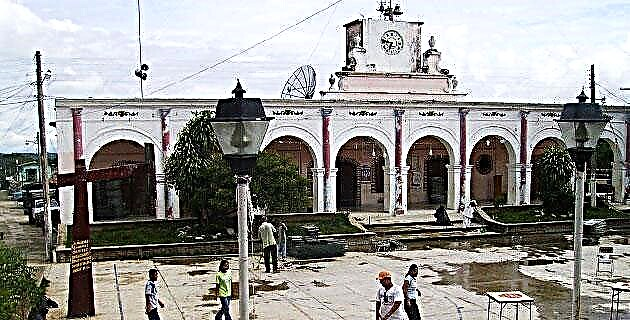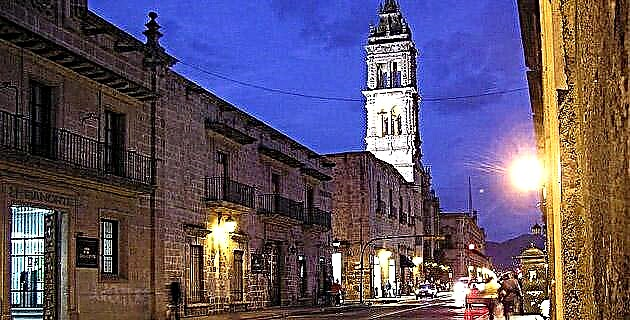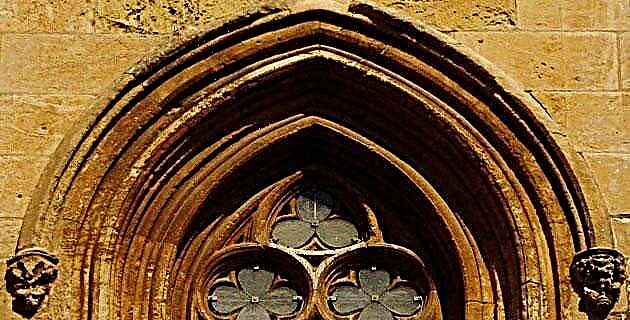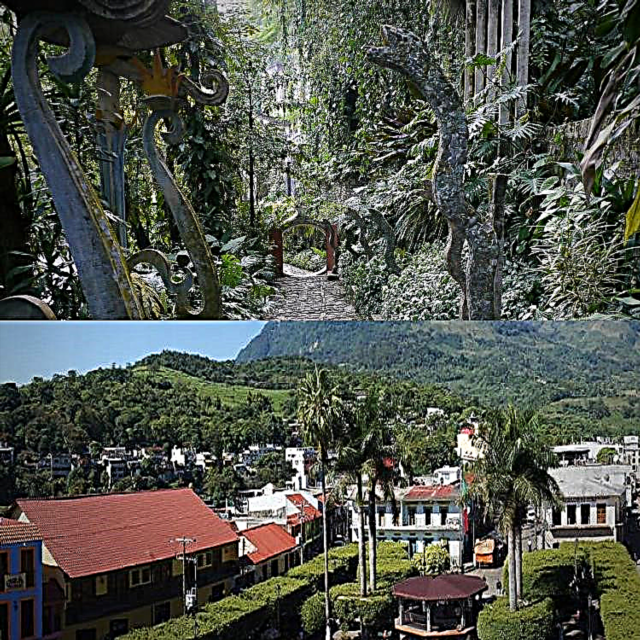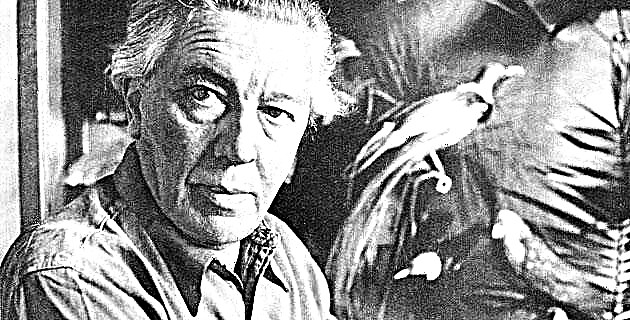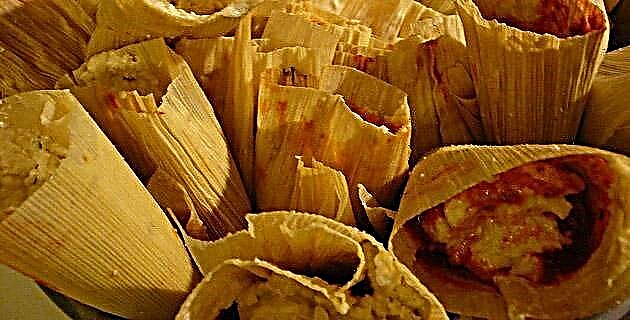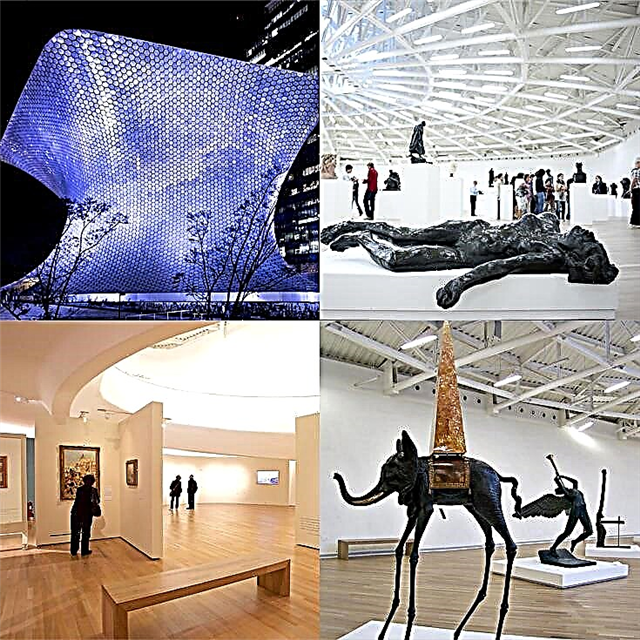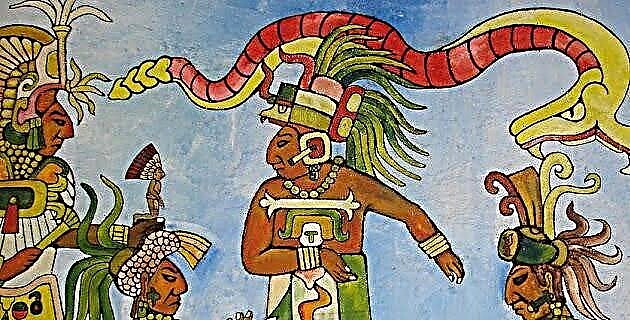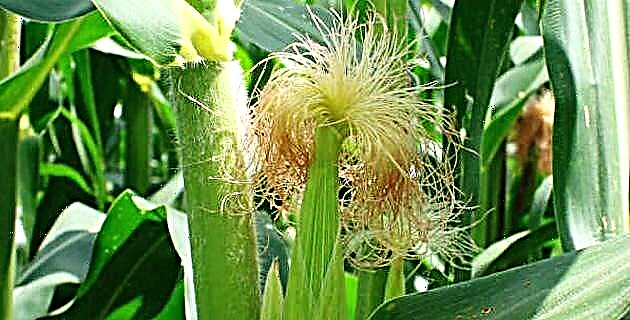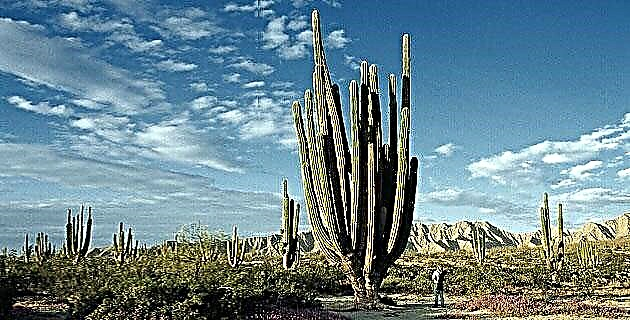
Learn about the details of this annual parade, in which the best places, both historical and natural, of the Sierra de San Pedro Mártir are covered.
Every year the route is changed, but always following the old paths and camping in places used by cowboys. The parade ends on the day that the patronal feast of the Santo Domingo mission, at the beginning of August. In fact, the arrival of the cowboys is expected to start the party, which by the way, is one of the oldest in the state (1775). There is usually a movement of horsemen, some start, others join later, in short, it is an original way to live together and rescue the traditions of the region.
HOW DID IT ALL BEGIN?
The Sierra de San Pedro Mártir towards the center of the state of Baja California, is one of the most beautiful and best preserved natural regions in the north of the peninsula. Its mountains of white granite rise abruptly from the desert, more than 2 kilometers, to over 3,000 meters above sea level. This massif, like an island, has managed to protect a beautiful pine forest, as well as a very peculiar flora and fauna. In this region, some of the oldest traditions of Baja California are also preserved, such as cattle ranching.
The first to explore this mountain range was the Jesuit missionary Wenceslao Linck, in 1766. Later, in 1775, the Dominican missionaries established on its western slope, among the Kiliwa Indians, millennial inhabitants of this mountain range, the mission of Santo Domingo de Guzmán, which gave rise to the current community of Santo Domingo, 200 kilometers south of the city of Ensenada.
It was from the mission of Santo Domingo that the Sierra de San Pedro Mártir began to be explored in a systematic way, in such a way that by 1794 the Dominicans established, at the top of it, the Mission of San Pedro Mártir de Verona, in the part known today as Mission Valley, where the foundations of its old church can still be seen. It was from this mission that the sierra takes its name.
Thus, the missionaries introduced cattle as one of the forms of subsistence, establishing several ranches, both at the top of the mountains and on its slopes. At the top, sites as beautiful as Santa Rosa, La Grulla, Santa Eulalia, Santo Tomás, La Encantada and others were used. For this they brought cowboys and ranchers who gave rise to this tradition in what is now the state of Baja California.
Between these ranches and the missions, as well as the grazing sites, trails were formed, giving life to an extensive region. During the summer the cattle were raised to the top, where abundant grass grew; as soon as winter approached, they lowered it. These meetings were called vaquereadas.
OUR COWBOY EXPERIENCE
Last year the ride began in the Ejido Zapata, north of the bay of San Quintín. The first days he went to the foot of the mountains, on the north side, passing through the community of San Telmo, the Hacienda Sinaloa, the El Coyote ranch, and the place of Los Encinos, until starting the slope that climbs to the top. The load was carried on mules, in various cowhide saddlebags, made in the old missionary style. We followed old paths, today known only by cowboys who drive cattle to the higher parts of San Pedro Mártir. We were ascending, before spectacular views. Once we reached the plateau, we rode through the beautiful pine forest for several hours, passing through many other places of great beauty.
We end the day at White Deer place, where a stream runs amid large pine trees. There is a simple cabin there. We unloaded the animals and took the saddles from the horses, they were released to eat grass and drink in the stream.
Before the sun went down, water and firewood were gathered, a bonfire was lit and dinner was prepared, which consisted of a stew made from dried meat and rice. Afterwards we prepare a pennyroyal tea, a medicinal plant that abounds in the mountains, and we talk extensively around the campfire, which by the way, the cowboys here call it a "lie" or "liar", supposedly because they talk pure lies. There, amid the smoke and heat of the fathoms, anecdotes, stories, jokes and legends emerged. Because there was no moon, we appreciate the starry sky in all its splendor. The Milky Way delighted us greatly, as it could be seen in its entire length from our sleeping bag on the grass.
THE CAMP OF OUR LIVES
The next day, we continued riding through the forest, until we reached the place known as Vallecitos, from where we could see the main telescope of the UNAM astronomical observatory very close. Then we take the path of La Tasajera until we reach the beautiful Rancho Viejo valley, a really charming place. From there we continued to the great valley La Grulla, even more beautiful, where we observed the skill of the cowboys, roping and chasing the cattle that were loose. It was a good demonstration of Baja California luck.
It was late afternoon when we camped in the valley of La Grulla, right next to the spring where the Santo Domingo stream rises. There a large pool is formed where it is possible to swim and even fish for trout, which we did. The site has remained almost intact, thanks to the fact that it has no roads, it can only be reached on foot or on horseback. We stayed there all day, enjoying its beauty and nature, but we also saw numerous vestiges of the first inhabitants of the sierra, I mean the Kiliwa Indians. We were lucky to find traces of metates, arrowheads, scrapers and pottery.
ROAD TO CIVILIZATION
After our stay in La Grulla, we started the descent. We cross the La Zanja stream, pass the La Primera Agua area and begin to descend the Descanso slope, famous among cowboys for its steep and rocky slope. Several of us got off the horse in the most difficult sections. The horizon was lost in a succession of hills. After a few hours, we reached the Santa Cruz ranch, already at the foot of the mountains, where we finished the day. At the foot of the mountain range, especially in the streams, the predominant trees were the oaks, although we also saw many willows. The place where we camped was pleasant, a place well known among cowboys because it has space, water, grass and it is comfortable.
RODEO AND PARTY
The following days, the trails took us through the ranches El Huatal, Arroyo Hondo and El Venado. August 2 was our last day.
Already in Santo Domingo they were waiting for us to start the patronal feast, one of the oldest in the state. They welcomed us with great joy. We walked around the town until we finished next to the pantheon, where they had already gathered to give the formal start to the party at the rodeo, one of the strongest cowboy traditions here.
Place of the White Deer Sierra de Baja California Wenceslao Linck
